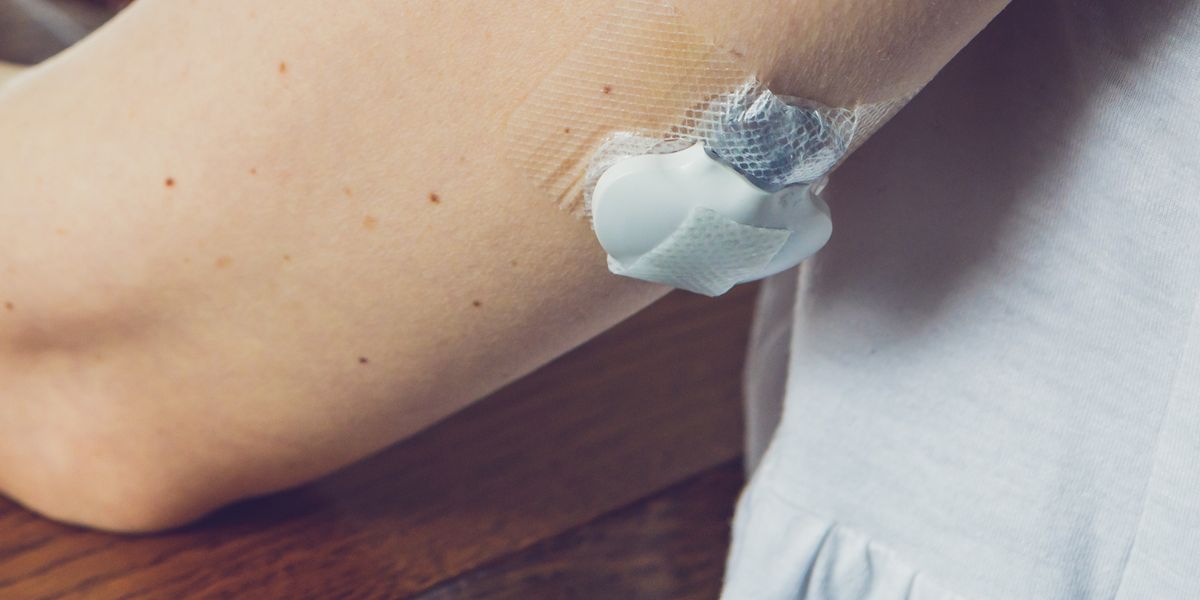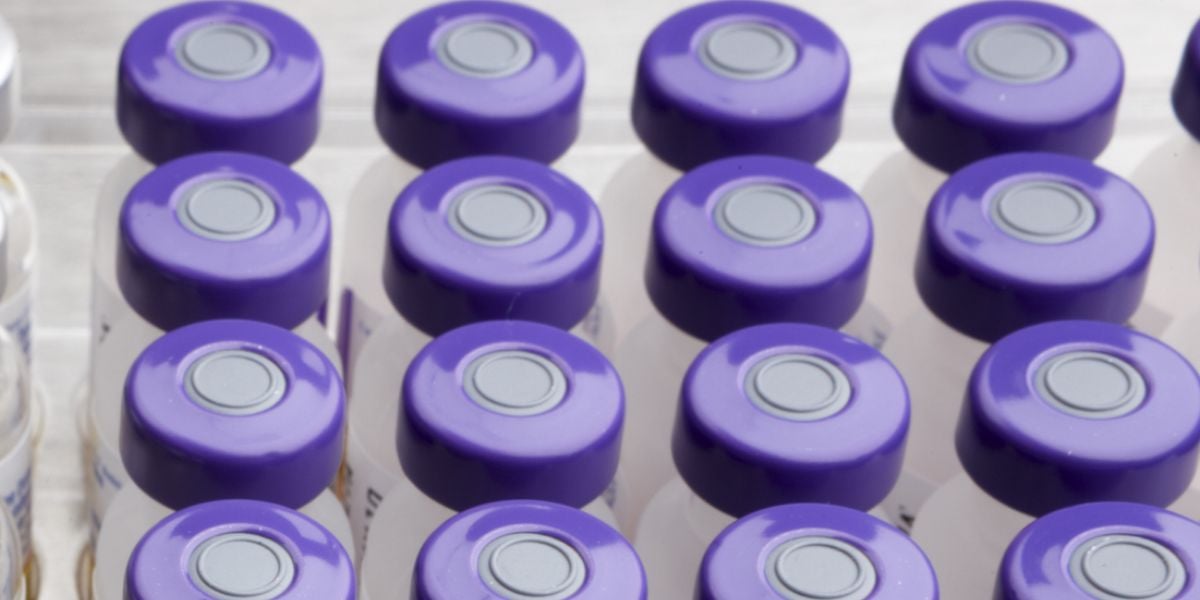Insulin patches are currently an experimental form of insulin delivery that are at an early stage of research.
An insulin patch aims to painlessly deliver insulin through the skin similar to how transdermal patches such as nicotine patches or muscle pain relief patches work.
If insulin patches can be successfully developed, it would present the chance for people on insulin therapy to take insulin without needing to put needles or cannulas (the very thin tube that delivers insulin into the body from insulin pumps) into the body.
Looking for information on patch pumps ? See types of insulin pumps
How does an insulin patch work?
An insulin patch works by being placed on the skin and agents within the patch help insulin to pass through the skin and then into blood stream.
An insulin patch contains a set dose of insulin that is absorbed over a number of hours.
Different types of insulin patches have been developed to release insulin more quickly to counteract rises in blood sugar following meals (bolus insulin patches) and other insulin patches have been developed to counteract the gradual release of glucose through the day by the liver (basal insulin patches).
The challenges in developing an insulin patch
Insulin patches may seem an obvious form of delivery, however, the challenge in successfully developing an insulin patch has been that insulin is a large molecule and therefore is not usually absorbed by the skin.
Insulin patches therefore require agents to help the insulin pass through the skin and to do so in a controlled and consistent way so as to prevent too high or too low blood glucose levels from occurring.
Bolus insulin patches
A bolus insulin patch is currently being developed by researchers at the University of KwaZulu-Natal.
The insulin patch uses pectin insulin-containing dermal patches to deliver the insulin.
To date, the bolus insulin patch has been tested in rats and the results indicate that the patch shows potential for being a viable form of treatment in future. [108]
Basal insulin patches
Prometheon is a US company that is currently developing a basal insulin form of patch called the TruePatch.
The patch uses a dermoadhesive gel that acts as a reservoir of insulin which is slowly absorbed into the bloodstream.
Clinical trials in animals have shown that patch shows a consistent lowering of blood glucose level in animals.
Early results in a study of 6 animals showed promising results that the patch reduced blood glucose levels more consistently than injections.
- In the news: US company crowdfunding to develop basal insulin patch






